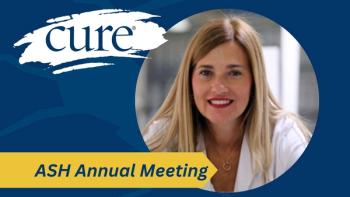
Actions with Brain Tumor Awareness Month in May and Beyond
Key Takeaways
- Brain tumors have increasing incidence and mortality rates, with limited FDA-approved treatments, highlighting the need for more research and awareness.
- Advocacy efforts, like Head to the Hill, focus on increasing funding for medical research and advancing pediatric cancer programs.
Learn about awareness and actions strategies during Brain Tumor Awareness Month and beyond.
As a 21-year brain tumor survivor, I've witnessed different types of "awareness" during Brain Tumor Awareness Month in May. Education is essential to spread the word about brain tumors, and more strategies are paramount to address this devastating disease.
Most people do not know the reality of brain tumors. The National Cancer Institute's (NCI) 2018 Annual Report to the Nation explained that many types of cancer death rates have decreased, but brain cancer has increased. In 2018, more than 78,000 people received a primary brain tumor diagnosis, and for those with a malignant tumor, the survival rate is less than 34%. In 2019, an estimated 86,970 people will receive a primary brain tumor diagnosis, according to statistics reported by the National Brain Tumor Society (NBTS). Brain tumors are the leading cause of cancer-related deaths in children and young adults age 19 and under in the United States.
Many brain tumor patients seek better treatments to improve the quality of life and survival. Unfortunately, in the last 30 years, only four brain tumor drugs, and one device, was approved by the Food and Drug Administration (FDA), according to NBTS. Scientific research — in laboratories and clinical trials – show some promise with new treatments and approaches. However, more research is expensive.
On May 5, I walked the 5K at Race For Hope in Washington, DC to fundraise for brain tumor research. Currently, donations total over $1,800,000 million for brain tumor research through the NBTS and Accelerate Brain Cancer Cure (ABC2). Anyone can still donate. Every dollar counts.
I also attended Head to the Hill orchestrated by the NBTS. The experience with training and lobbying Congress was extraordinary. I worked in Congress when I received a diagnosis of a brain tumor in March of 1998 and I know the importance of advocacy to create positive change.
At Head to the Hill, over 300 people lobbied Congress on policy agenda topics. Some include increased funding for medical research at the National Institutes of Health and National Cancer Institute, advancing programs created by the Childhood Cancer STAR Act, more funding for the Peer Reviewed Cancer Research Program within the Department of Defense (DOD) related to pediatric brain tumors and brain cancer, and supporting the Palliative Care and Hospice Education and Training Act. Advocacy through the NBTF continues throughout the year. Explore more information
I learned in my journey that challenges can become opportunities and adversity to actions. Embrace the movement with awareness and actions in the brain tumor arena. Support the cause. Know your brain can provide meaningful differences in transformative ways.





